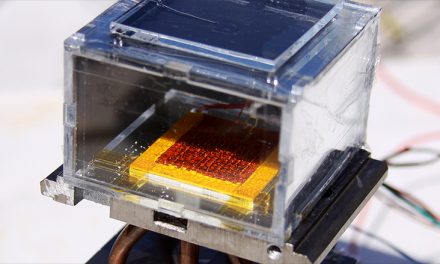Ashley Silverman, a 14-year-old freshman at North Hollywood High School, nearly lost her life when her skin began to “blister, bubble, and fall off in sheds.”1 The reaction to her medication was the potentially deadly Stevens Johnson Syndrome (SJS) is “a rare and severe disorder of the skin and mucous membranes”1 that usually occurs in reaction to an infection or medication. And now she and her father are warning everyone about the risks of the drug Lamictal.
According to Silverman, like many teens, she was struggling with mood swings. So, at the recommendation of a counselor in her school district, she started seeing a therapist. She would eventually become the patient of a psychiatrist who prescribed the meds in question.
While Lamictal is used to treat seizures, epilepsy, and bipolar disorder in people ages 16 and above, Ashley was never diagnosed with any of those things.
“Lamictal comes with a Food and Drug Administration black box warning, the strictest warning the FDA can place on prescription drugs, warning that ‘serious rashes requiring hospitalization and discontinuation of treatment have been reported in association with the use of lamictal,’ including a risk of Stevens Johnson Syndrome in a very small percentage of cases.”1
Ashley’s dad, David, admits that he didn’t do any research on the drug but the psychiatrist assured him it was safe. He said, “The only thing I was told is that your daughter might get a little red rash on her cheeks, like a minor sun burn. That’s all I was told, there was no mention of Stevens Johnson, I had never heard of it before.”1
Two weeks after beginning the medication, a red rash appeared on her face. And then one morning she woke up with a headache. The next day she got a fever that wouldn’t go away, the temperature would eventually climb to 104 one night.
She was taken to the ER but her condition got worse and no one could figure out what was going on so she was transferred to Children’s Hospital LA, where her skin began to seriously react. Thankfully, doctors there diagnosed Ashley with Stevens Johnson Syndrome and immediately transferred her to the burn unit at the LA County/USC Medical Center and placed her in intensive care.
Unable to breath and eat on her own, it would be two weeks before she made any improvement.
According to Dr. Peter Grossman, medical director of the Grossman Burn Center in West Hills who was not involved with Ashley’s case, said that this type of serious reaction is happening “more and more with lamictal”1 than other types of medication. Indeed, “studies show when taking lamictal, children are almost three times more likely to develop SJS than adults are.”1 Terrifying.
Ashley’s psychiatrist did come visit when she was at her worst and took full responsibility for what happened. I doubt he will make that mistake again. However, why on earth would anyone take a drug that could potentially cause this. And why does a child who had never been diagnosed with seizures, epilepsy, or bipolar disorder, be given the drug in the first place?
The take home? Parents, do your own research. Every. Time.
SOURCE:












